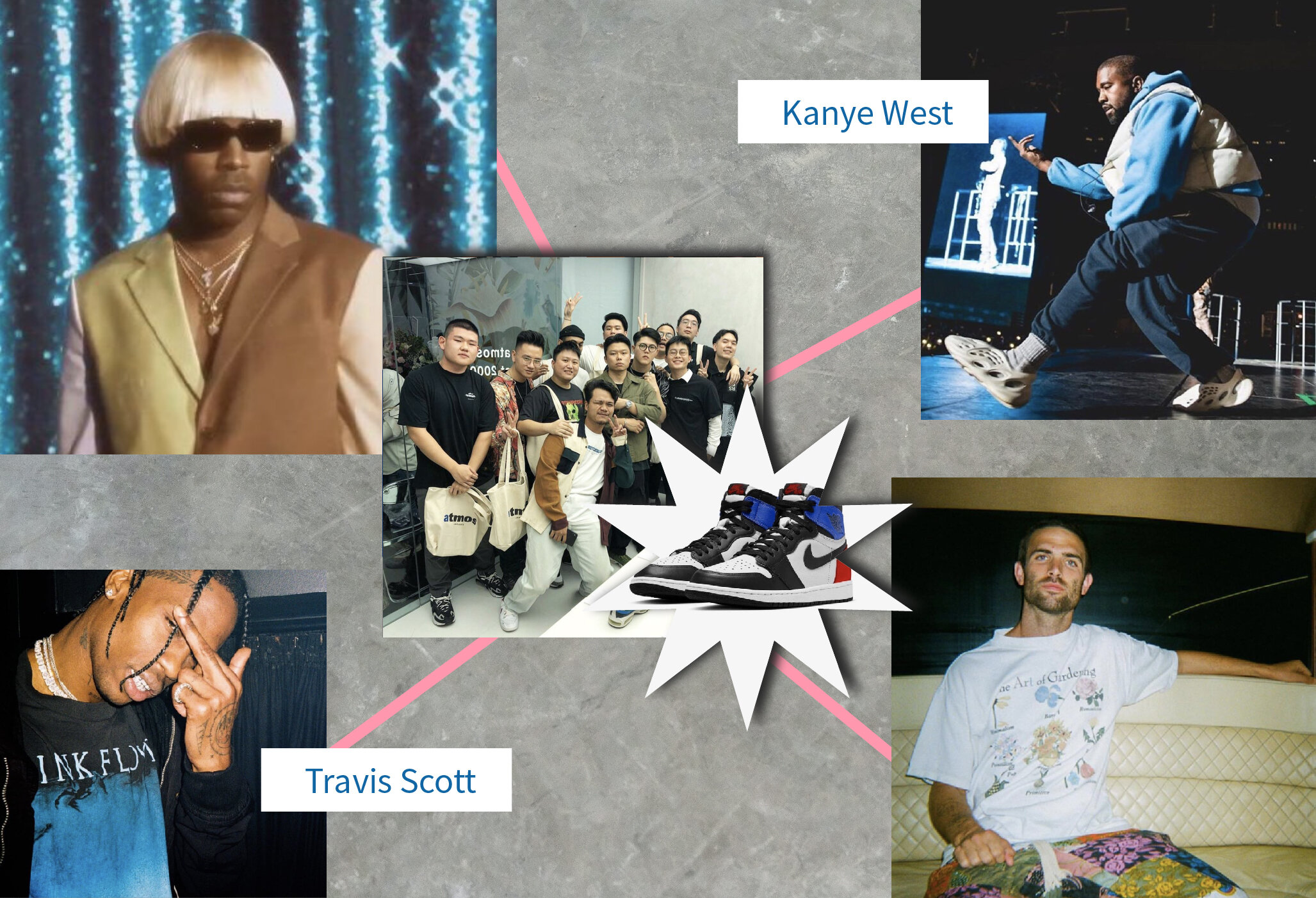Opinion article: Is streetwear a youth subculture or consumer culture?
by Muhamad Rafianda Dzaki
Streetwear is no longer a foreign concept for Indonesian consumers. Sneakers, one the most, if not the most closely related items to streetwear, are the hottest commodity for youth obsessed with streetwear and fashion in general.
Simply put, streetwear is a style born from youth culture which was happening in the ‘street.’ It is a cultural reproduction of lives in the street. In an article published by Complex, Bobby Hundreds, co-founder of streetwear label The Hundreds explained that streetwear is more than just clothes, it is a form of culture. Streetwear holds an independent and anti-mainstream spirit.
It is already implied that streetwear heavily draws inspiration from youth subcultural movement. From skateboarding to graffiti art, punk and also hip-hop. Take how streetwear takes inspiration from hip-hop, for example: oversized athletic wear, baggy workwear pieces from Carhartt to Levi’s and the almost caricature-like pursuit of luxury brands. It's not merely style or way to dress. It is a dig on how the white bourgeois society dresses with their formal and proportionately fitted clothes.
The one common characteristic of youth culture is the spirit of resistance or dissent. It rejects the dominant values of society. Although, it doesn't always aim to subvert the system, rather it tries to protect oneself from the system.
Fast forward to the present day where, with the ever expanding development of the Internet and social media, everyone has access to any kind of information, including streetwear. According to Dick Hebdige, once a subcultural concept, in this case streetwear, went through what he called diffusion, a process in which a certain subcultural concept is disseminated through mass media, that same concept would lose its subversive potential.
Today's majority doesn't care about what they wear anymore unless it is seen worn by the Travis Scotts of the world, the celebrities, the influencers, failing to realise that it is probably an advertisement. I mean, we all probably know that it's all just one big advertisement, a 24- hour, 360° advertisement, and we just don't care. Better yet, we enjoy it.
After all, embracing advertisements with open arms is one of the many symptoms of consumer society explained by Jean Baudrillard. According to Baudrillard, a consumerist society treats advertisements as if it is its own commodity. We consume advertisements.
We already know how much sneakerheads revel enthusiastically in explaining "iconic" Air Jordan commercials. The Jump Man advertisement, the Spike Lee joint Mars Blackmon advertisement, and so on.
But the nature of advertising takes a different form now in our ever-penetrating media culture. YouTube videos, Instagram posts, 30-second TikTok videos can now be used as advertising, even blurring the line between advertisement and content even more. The term content marketing aptly illustrates the contemporary consumer society we live in.
It begs the question then about the state of streetwear in Indonesia because it was undeniably made familiar by the media. Although to be fair, discussion boards like Footurama, Kaskus, and Sneakers Indo do exist, it doesn't deny the fact that streetwear in Indonesia right now is at the forefront of popular mainstream culture fueled by the media. And what is happening here is exactly the same with what's happening in the West. The know-it-all influencers shamelessly encouraging and indulging in mindless consumption.
And what comes after is a breed of overly anticipated mediocre products at an insanely unaffordable price point. And what comes after that is a breed of copycats making more or less similar products but at a highly more accessible price point to fulfill demand.
The already frustrated market will, without a single doubt in their mind, jump at the opportunity to consume. And before we know it, we are already surrounded by mediocre garbage. I'm not anti-consumption per se, the most prominent youth movement is in fact based on consumption. The difference was in the deviant intention behind the consumption, nowadays it's consumption for consumption's sake.
What once was an outlet for youth independent creativity is now turned into a get rich quick scheme by virtually everyone from big fashion corporations to the individual audience. From seemingly endless and meaningless line of collaborations, celebrities being the head of streetwear fashion collection, to cultural 'taste-makers’ and ‘influencers’ constantly rubbing shoulders with the industry, it is apparent that streetwear is no more than an industry term to ramp up sales and traffic.
The answer is quality. Quality and subcultural concept should go hand in hand if we don't want streetwear to be just another disposable fashion goods. Quality will eventually filter out those who are not really passionate about the product and the movement. This is the responsibility of the producers, the independent labels, the media outlets, and the outliers to educate the masses.
For informed and resilient audience is critical to foster a healthy and sustainable community. And in order for this to happen we must be critical towards the culture of celebrity and influencers. Be free of the thought that anything that comes out of their YouTube and Instagram posts are worthy of your time.
So I shall end this with a concluding remark: unless there is a significant form of youth subculture dissent formed from this culture of highly advertised celebrity-industrial complex then we shouldn't put much emphasis on the act of mere buying a pair of expensive sneakers.
Disclaimer: The view expressed on opinion article doesn’t necessarily reflect the opinion of The Finery Report. The opinion belongs to the author of the article.

